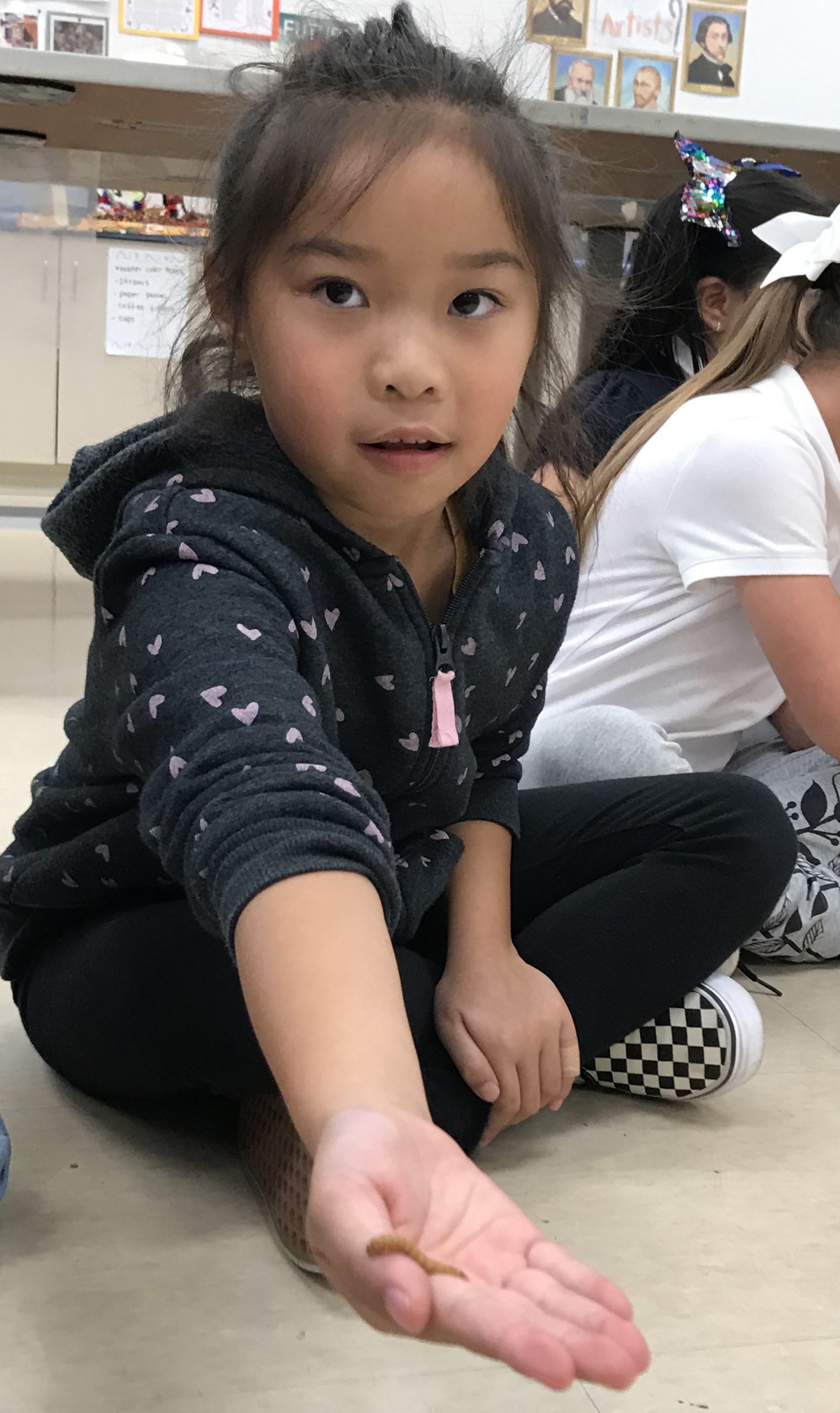Science Super Star: Siriphone Schoch
We spotlight Siriphone Schoch, CRS Science Super Star honoree, who teaches at E.M. Downer in San Pablo. Siriphone gave her students a new outlook on being mindful of the natural world in their everyday lives.
We are excited to announce Siriphone Schoch, a 1st Grade Teacher at E.M. Downer in San Pablo, as a 2020 Science Super Star!

For one of her science units this year, Siriphone had her students study the anatomy and life cycle of butterflies, a topic that stemmed from a classroom favorite – The Very Hungry Caterpillar by Eric Carle.
She started the lesson off with a KWL chart (What we Know, What we Want to know, and What we Learned). This chart is an excellent way to help students visualize and keep track of the information they are learning.
Her lesson plan consisted of sketches of the different phases of life: caterpillar, chrysalis, and butterfly. While teaching students about science sketching, she strives to encourage and praise scientific observations, rather than artistic talent. To build science and math connections, Siriphone had her students explore their schoolyard, counting as many caterpillars and butterflies as they could, while tallying how many various kinds they noticed.
Reflecting on the impact of the science unit, Siriphone recognized a profound shift in her students. She noticed that many of the children now regularly comment about the different types of butterflies they observe on the school yard or in their everyday lives. Their scientific exploration of butterflies steered them to a more mindful and observant mindset.

Siriphone kept it straightforward and concise when offering a tip to other teachers:
| “Do more science!” |